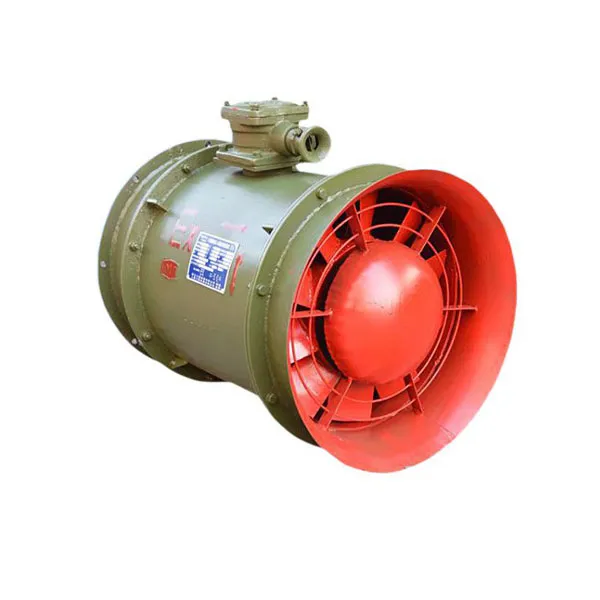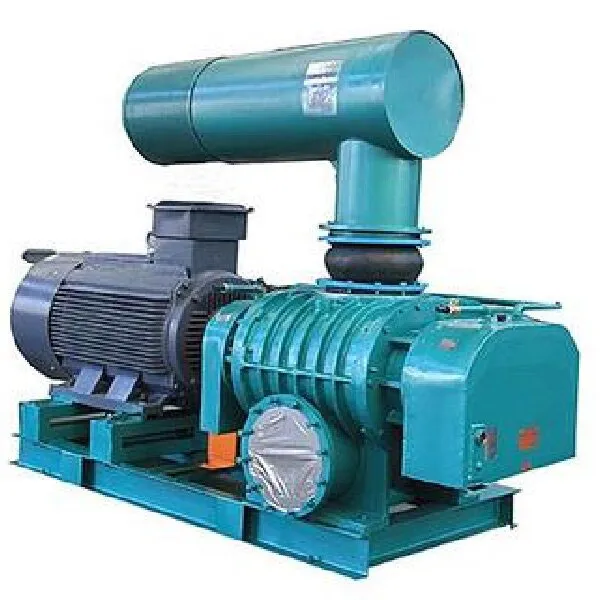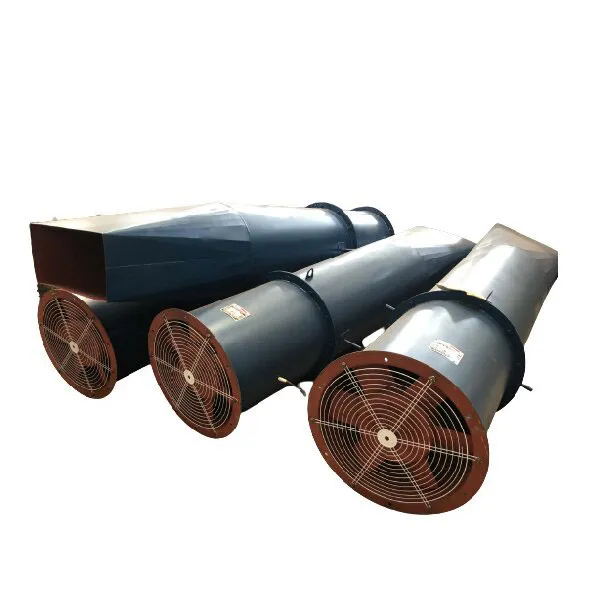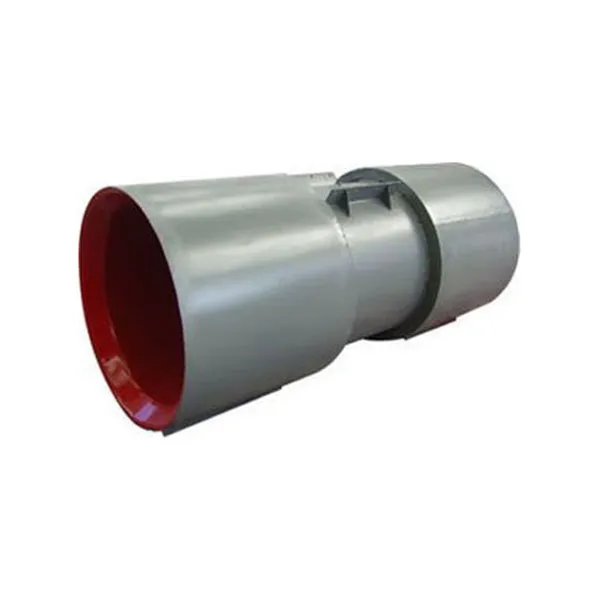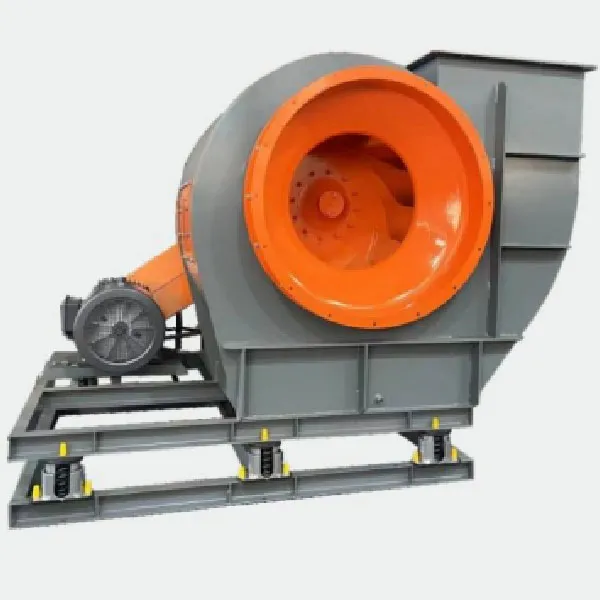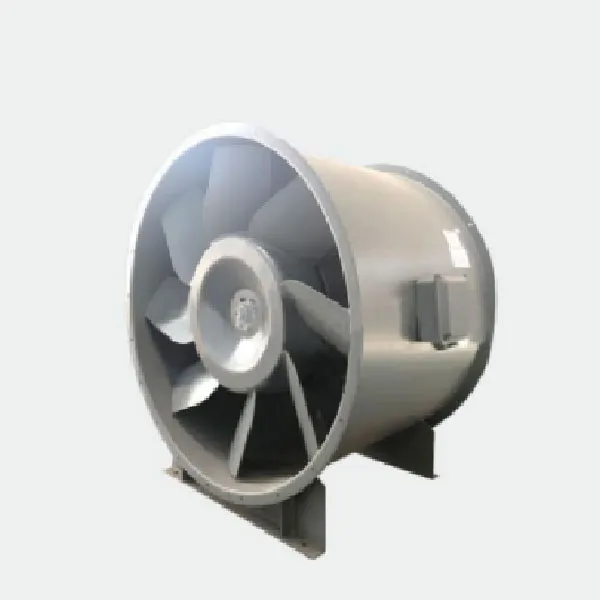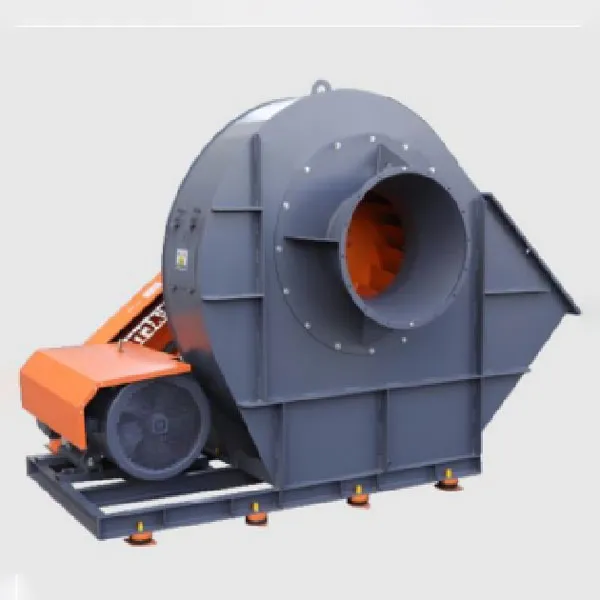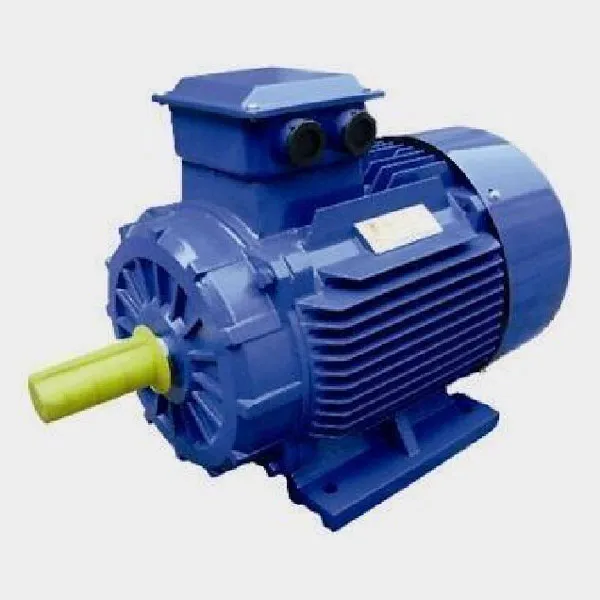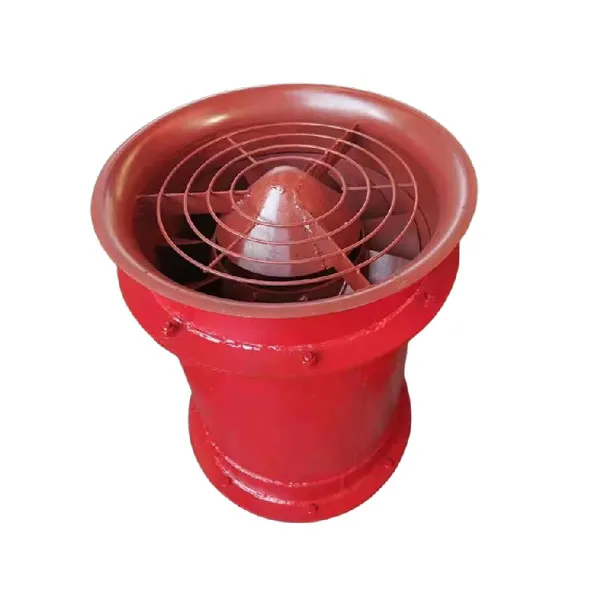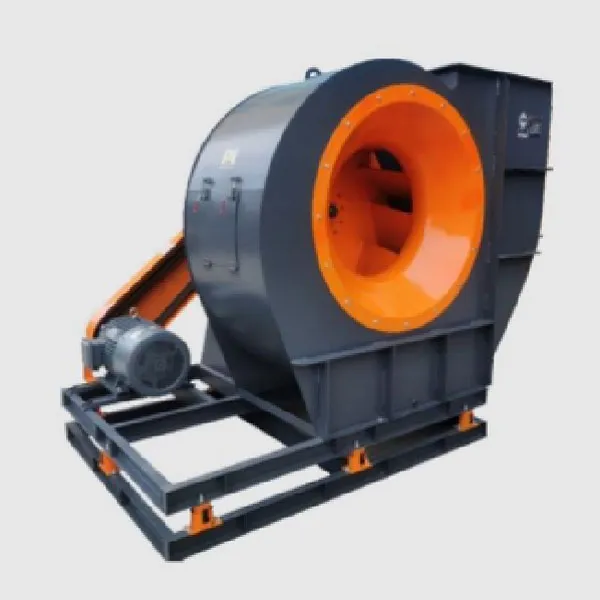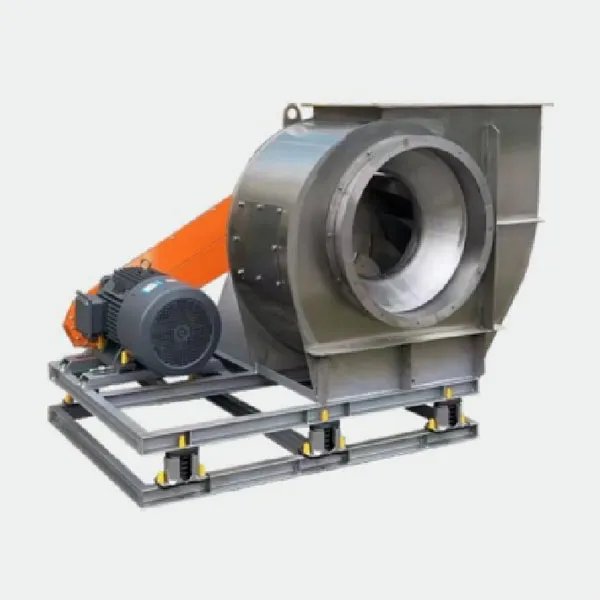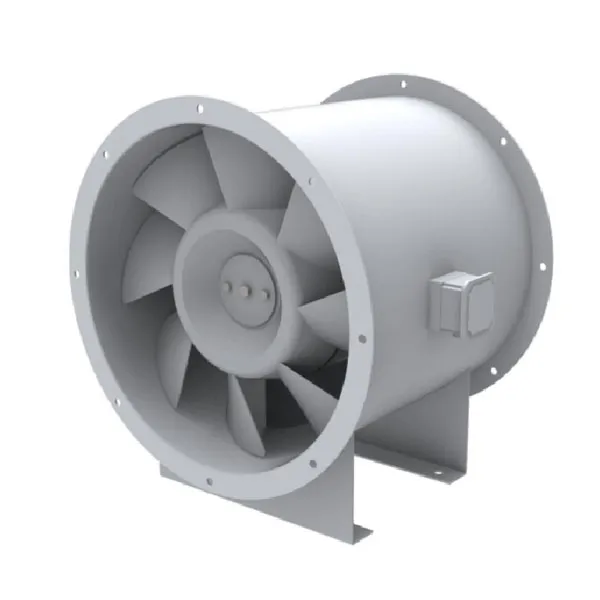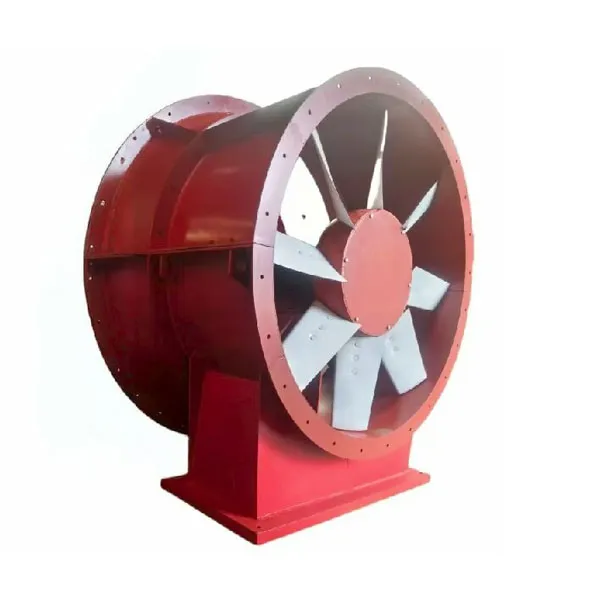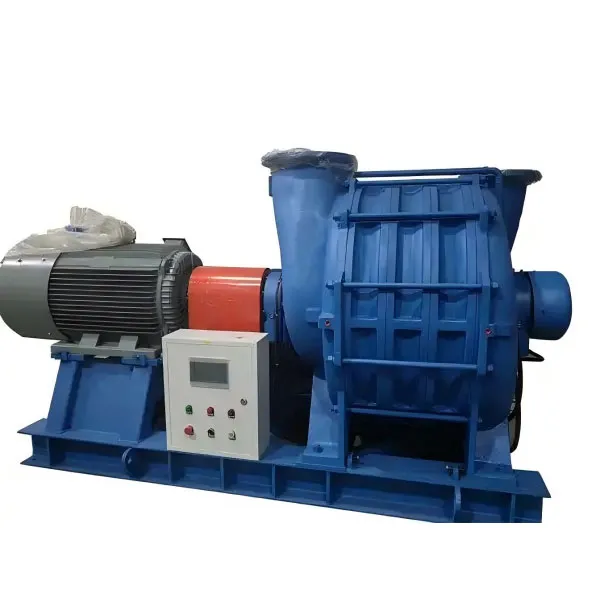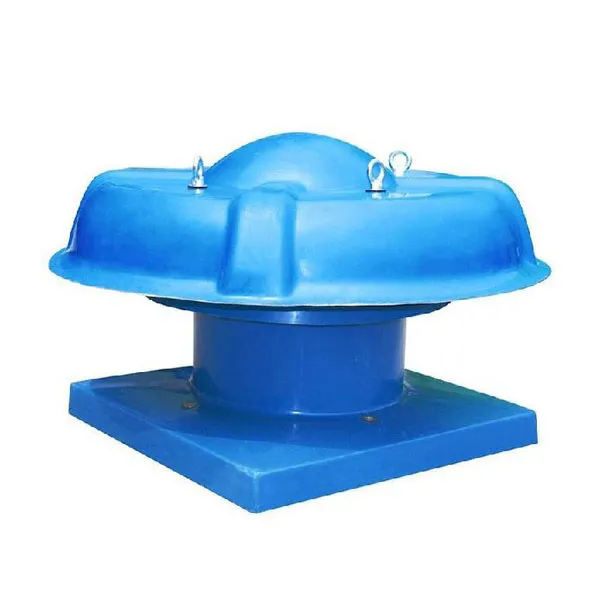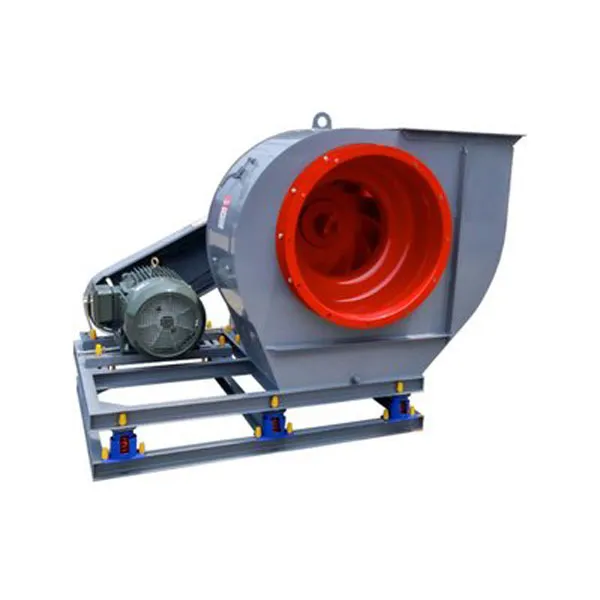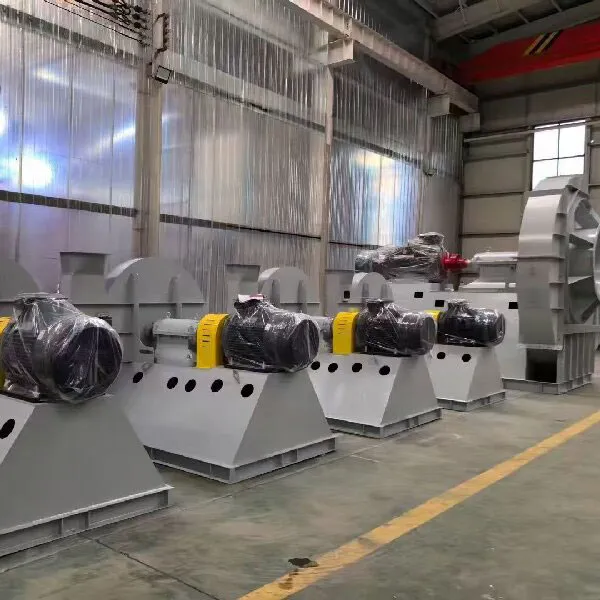*-=-*h1#-=-#Understanding Low-Noise Centrifugal Fans in Industrial Applications*-=-*/h1#-=-#*-=-*p#-=-#In the world of industrial ventilation, the term low-noise often gets thrown around. But what does it really mean, particularly when attached to centrifugal fans? Let's peel back the layers and understand the nuances that transform a basic centrifugal fan into a low-noise marvel.*-=-*/p#-=-#*-=-*h2#-=-#The Basics: Centrifugal Fans Explained*-=-*/h2#-=-#*-=-*p#-=-#At its core, a centrifugal fan is designed to move air radially, changing the direction of the airflow, typically by 90 degrees. It’s a staple in industrial applications due to its robust nature and ability to handle large volumes of air. People often think all centrifugal fans are loud, but that's an oversimplification.*-=-*/p#-=-#*-=-*p#-=-#The noise factor primarily depends on the fan's design, the materials used, and the specific engineering considerations. The configurations can make or break the fan in terms of performance and noise output. This is where *-=-*strong#-=-#low-noise centrifugal fans*-=-*/strong#-=-# come into play. Design tweaks and specific materials significantly reduce operational noise.*-=-*/p#-=-#*-=-*p#-=-#The first time I tested a low-noise centrifugal fan, the difference was noticeable. Sure, it's not whisper-quiet, but in industrial terms, it's a world apart from its noisier cousins. Attention to blade design and casing are critical components that contribute to noise reduction.*-=-*/p#-=-#*-=-*h2#-=-#Modern Considerations in Fan Design*-=-*/h2#-=-#*-=-*p#-=-#Companies like Zibo Hongcheng Fan Co., Ltd., which you can learn more about at *-=-*a href=https://www.hongchengfan.com#-=-#hongchengfan.com*-=-*/a#-=-#, have honed the craft of designing fans with efficiency and noise reduction in mind. With over 600 specifications available, they understand that one size does not fit all.*-=-*/p#-=-#*-=-*p#-=-#Having collaborated with such experts, I've seen the range of innovations integrated into *-=-*strong#-=-#low-noise centrifugal fans*-=-*/strong#-=-#. We've moved beyond basic utilitarian designs to more sophisticated solutions where the blade shape and housing geometry are precisely engineered to minimize noise.*-=-*/p#-=-#*-=-*p#-=-#One interesting technique is the strategic use of noise-canceling materials. While it can slightly increase manufacturing costs, the payoff in quieter operation often justifies the expense in applications where noise reduction is critical.*-=-*/p#-=-#*-=-*h2#-=-#Real-World Applications and Feedback*-=-*/h2#-=-#*-=-*p#-=-#In mining operations, for example, where Zibo Hongcheng Fan Co., Ltd. supplies a range of ventilation solutions, the need for a *-=-*strong#-=-#low-noise centrifugal fan*-=-*/strong#-=-# becomes apparent. Miners often work long shifts, and reducing noise pollution contributes to safer and more comfortable working conditions.*-=-*/p#-=-#*-=-*p#-=-#Feedback from field operations often highlights the balance that low-noise fans bring between efficient air movement and a quieter environment. But it's not just the mining sector; anywhere industrial ventilators are used, you’ll find similar concerns about acoustic performance.*-=-*/p#-=-#*-=-*p#-=-#Having been part of several installation projects, the learning curve can be steep, but once you commit to quality design standards, the reduction in noise complaints is remarkable. It allows employees to focus on more pressing tasks without the constant drone of a conventional fan.*-=-*/p#-=-#*-=-*h2#-=-#Technical Challenges and Opportunities*-=-*/h2#-=-#*-=-*p#-=-#It's not without its challenges, though. Balancing noise reduction with performance is a delicate dance. You might think, Why not just slow the fan down? Sure, that reduces noise, but it also compromises airflow—potentially a serious issue depending on the application.*-=-*/p#-=-#*-=-*p#-=-#That's why companies invest in research and development to find that sweet spot where *-=-*strong#-=-#low-noise centrifugal fans*-=-*/strong#-=-# operate efficiently without turning air movement into an urban legend. It requires measuring acoustics, analyzing vibrations, and fine-tuning the mechanical components.*-=-*/p#-=-#*-=-*p#-=-#Innovation is also driven by customer feedback. It’s an iterative cycle where real-world experiences lead to practical improvements. Plus, manufacturers gain insights that go beyond textbook engineering, integrating user feedback into tangible product enhancements.*-=-*/p#-=-#*-=-*h2#-=-#Concluding Thoughts on Low-Noise Design*-=-*/h2#-=-#*-=-*p#-=-#To sum up, a *-=-*strong#-=-#low-noise centrifugal fan*-=-*/strong#-=-# isn’t a mythical creature but the result of thoughtful engineering and practical experience. For those who haven’t yet experienced the benefits firsthand, imagine a quieter workspace, more productive workers, and satisfied clients—it’s a worthy investment.*-=-*/p#-=-#*-=-*p#-=-#If you’re in the market and need a customized solution, firms like Zibo Hongcheng Fan Co., Ltd. certainly have plenty to offer. With a blend of technical prowess and industry experience, they ensure that low noise doesn't mean low performance.*-=-*/p#-=-#*-=-*p#-=-#In many scenarios, whether retrofitting an existing system or starting from scratch, it's about time to consider the impact of a properly designed, *-=-*strong#-=-#low-noise centrifugal fan*-=-*/strong#-=-#. The difference is, quite literally, sound.*-=-*/p#-=-#*-=-*br/#-=-#









